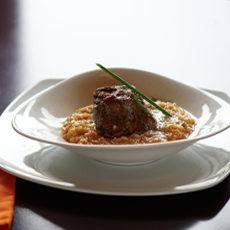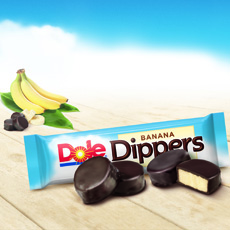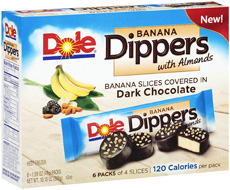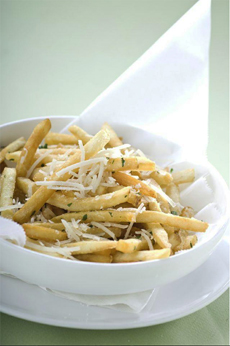
Eat less red meat by enjoying it in roll-ups. Photo courtesy Snake River Farms.N |
|
Any beef dish can be turned into a smaller portion—and by using herbs, spices and other seasonings, the meat can be even more flavorful.
Place a couple of slices of broiled red meat or a large chunk of stewed meat atop barley, beans, brown rice, mashed cauliflower or potatoes, quinoa, a rice or pasta salad, vegetable purée (broccoli, carrots, cauliflower or other favorite) or other base. Another easy way to use less meat is in a veggie-laden stir-fry.
Look for recipes that don’t require large hunks of meat; for example, lettuce wraps or the beef rolls in the photo, which are filled with cucumber matchsticks and mushrooms. There are options in many cuisines, such as the popular Japanese dish, beef negimaki: broiled strips of beef marinated in teriyaki sauce and rolled with sautéed scallions (you can substitute spinach).
Whichever recipes you prefer, smaller portions of red meat are better for you and Planet Earth.
|
Let’s return to the Harvard study. The researchers emphasized that they are not stating that Americans should stop eating red meat (good luck with that one!). But they do encourage individuals to use other protein options more frequently.
They specifically note that “We estimated that substitutions of one serving per day of other foods (including fish, poultry, nuts, legumes, low-fat dairy, and whole grains) for one serving per day of red meat were associated with a 7 percent to 19 percent lower mortality risk.”
You can have your red meat and eat it too—just eat less of it. That’s no beef.
*A number of studies have evaluated the impact of eating red meat on health and lifespan, but one of the largest and longest was conducted by a research team at Harvard School of Public Health and published in March 2012 in the Archives of Internal Medicine. Data was collected on 83,644 women from the Nurses Health Study and 37,698 men from the Health Professionals Follow-up Study, and the investigators were interested in how much meat each of these adults consumed over a 22-year to 28-year period.
|







